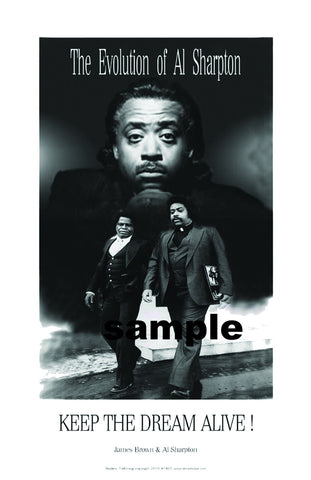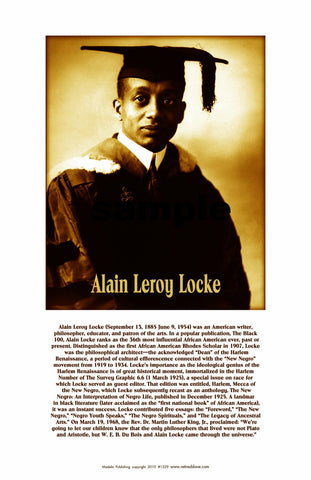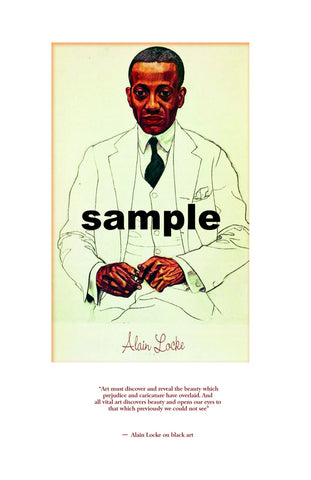The Birth of a Nation #1458
$ 8.00
Caption from poster__
The Birth of a Nation
The Birth of a Nation, directed by D.W. Griffith in 1915,
is one of the most famous, and controversial movies, ever
made. At the time, it was viewed as a technical marvel, and
it was the first blockbuster. Crowds flocked to see it through-
out the United States. Today, however, the film is most
remembered for its racist portrayal of the period in American
history after the Civil War known as Reconstruction. Students
in this program will view scenes from the movie and consider
it both as product of its time and a historical movie.
Ku Klux Klan (KKK) is the name of several past and present fraternal organizations in the United States that have advocated what is generally perceived as white supremacy, antisemitism, racism, anti-Catholicism, homophobia, and nativism. These organizations have often used terrorism, violence and acts of intimidation such as cross burning to oppress African Americans and other groups. The Klan's first incarnation was in 1866. Founded by veterans of the Confederate Army, its main purpose was to resist Reconstruction, and it focused as much on intimidating "carpetbaggers" and "scalawags" as on putting down the freed slaves. The KKK quickly adopted violent methods. A rapid reaction set in, with the Klan's leadership disowning violence and Southern elites seeing the Klan as an excuse for federal troops to continue their activities in the South. The organization was in decline from 1868 to 1870 and was destroyed in the early 1870s by President Ulysses S. Grant's vigorous action under the Civil Rights Act of 1871 (also known as the Ku Klux Klan Act).In 1915, a second distinct group was founded using the same name. It was inspired by the newfound power of the modern mass media, via the film The Birth of a Nation and inflammatory anti-Semitic newspaper accounts surrounding the trial and lynching of accused murderer Leo Frank. The second KKK was a formal membership organization, with a national and state structure, that paid thousands of men to organize local chapters all over the country. At its peak in the early 1920s, the organization included about 15% of the nation's eligible population, approximately 4-5 million men. The second KKK typically preached racism, anti-Catholicism, anti-Communism, nativism, and anti-Semitism, and some local groups took part in lynchings and other violent activities. Its popularity fell during the Great Depression, and membership fell further during World War II, because of scandals resulting from prominent members' crimes and its support of the Nazis. The name "Ku Klux Klan" has since been used by many different unrelated groups, including many who opposed the Civil Rights Act and desegregation in the 1950s and 1960s, with members of these groups eventually being convicted of murder and manslaughter in the deaths of Civil Rights workers and children (such as in the bombing of the 16th Street Baptist Church in Alabama). Today, it is estimated that there are as many as 150 Klan chapters with up to 8,000 members nationwide. These groups, with operations in separated small local units, are considered extreme hate groups. The modern KKK has been repudiated by all mainstream media and political and religious leaders




